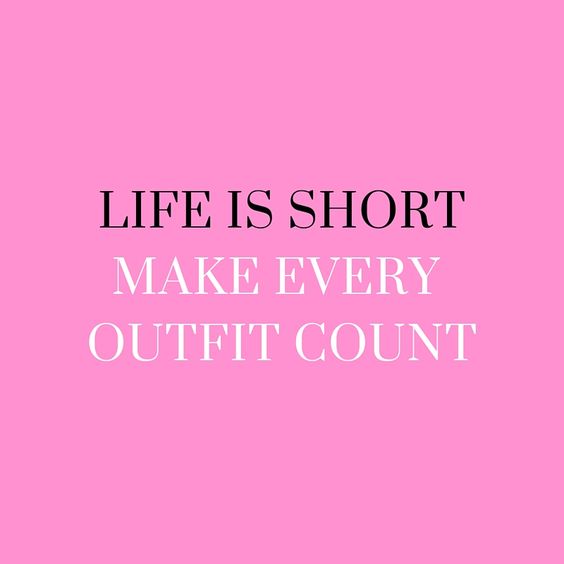by Manisha Nair 
Whenever I talk to people about styling themselves, the first thing they always mention are the parts of their body that they want to hide. They won’t wear certain tops because they’re heavy chested or that they’re too “hippy” to wear certain kinds of pants. Everyone has their body hang ups, which contributes to the way they see their body shape.
But style, as I see it, is not about hiding your body shape, but about understanding and wanting to show off the parts of ourselves we like. Embracing our body’s shape and size is key to developing our individual style and dressing in a way that we feel most confident.
This article kicks off a series on how certain styles can highlight a variety of body shapes. This series is only meant to act as a guide in understanding possible clothing options and is not “one-size fits all.” Depending on your proportions and preferences, you can decide what works best for you.
So what is body shape?
Size/fit is based on measurements of your body, e.g., bust, waist, hip, leg length, etc. and body shape refers to your overall silhouette of your body, or quite simply, the outline of your body.
Understanding your silhouette can be tricky, but the easiest way to start is by standing in front of a full-length mirror, naked.
Yes, naked.
This is specifically because wearing underwear may emphasize or understate certain parts of your body.
[Read Related: Ayurveda: Know Your Dosha or Body Type]
To start, look at your torso. How do your shoulders compare to your waist and hips? When you follow the line from your shoulders, to your rib cage, waist, then hips, do you find that there’s an “even” distribution between your shoulders and hips? Are your shoulders wider than your hips or vice versa?
These are just example questions to ask yourself when understanding your body shape at a high-level. But if you wanted to truly break it down, a measuring tape can help.
However you decide to go about it, there are 5 common body shape categories:
- Hour Glass: Hips and shoulders are of similar widths but waist is smaller.
- Pear: Hips are wider than shoulders and waist.
- Apple: Shoulders and waist are wider than hips.
- Inverted Triangle: Shoulders are wider than hips and waist.
- Rectangle: Shoulders, waist, and hips are all about the same width
[Read Related: My Style: A Coveted Form of Inspiration]
We’ll highlight each body shape across the next five articles. Thankfully, we weren’t made by cookie cutters, so don’t ever feel as though you need to squeeze yourself into any one category! They’re just guidelines to help you understand, embrace, and highlight both your body and your style.
 Manisha Nair is an NYC-based, globe-trotting founder of fashion blog, @ifstyledanced. A multi-disciplinary artist, Manisha was once told her fashion reflected her dance style— classic, but experimental. Manisha specializes in weaving statement pieces into your wardrobe creating versatile, elevated and unique combinations.
Manisha Nair is an NYC-based, globe-trotting founder of fashion blog, @ifstyledanced. A multi-disciplinary artist, Manisha was once told her fashion reflected her dance style— classic, but experimental. Manisha specializes in weaving statement pieces into your wardrobe creating versatile, elevated and unique combinations.





